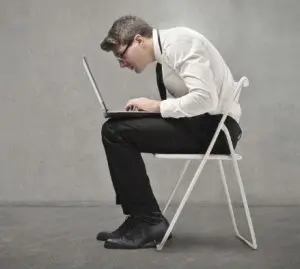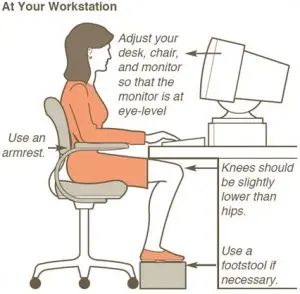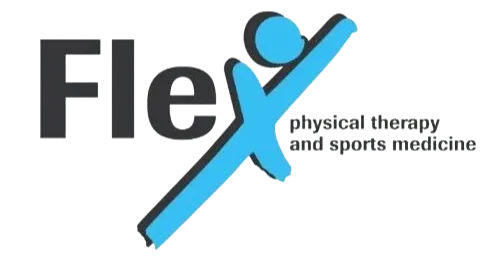
As our lives become stressful, more and more Americans are suffering from tension headaches. In fact, 30%-80% of people suffer from occasional tension headaches. Females tend to experience more tension headaches than men. A tension headache is usually explained as a “band around the head, neck, and scalp.” The pain is often on both sides of the head, but tension headaches can occur on one side as well. Many people who have tension headaches often find themselves massaging their temples or the back of their heads. It is often described as a throbbing pain in the back of the head and neck. Though tension headaches are also called “stress headaches,” stress is not the only cause of these headaches.
Common causes of Tension Headaches include:
- Stress
- Poor Posture (Yes, your mother was correct! Sit up straight and don’t slouch!)
- Tight muscles in the back of the head/neck/shoulders
- Hunger
- Lack of sleep
- Anxiety

Though many people contribute these headaches to the stresses of life, poor posture, stationary positions, and muscle imbalances in the head/neck/shoulders can cause headaches as well. Living in the digital age, most of us spend hours on computers, tablets, and smart phones whether it is for work or leisure. The static sitting while using the computer is hard on our necks. In the movie, Jerry Maguire, the little boy asked Tom Cruise, “Did you know the human head weighs 8 pounds?” He was actually quite close. On average, the human head weighs approximately 12 pounds. So imagine, your neck is working hard to keep your head in that static position. Not to mention that most of us don’t have good postures while sitting nor is our computer desk setup ergonomically correct for us. Your muscles are going to get quite sore and tight. This will eventually lead to tension headaches.

So here are some things you can do to help with those tension headaches:
- Check your computer desk set up. Are you looking down at the monitor? If you are sitting up comfortably, the computer screen should be just below eye level. Are your hands and shoulders lifted up because your keyboard is too high? If your shoulders are completely relaxed by your side and your elbows are bent 90 degrees, this is where your hands should be on the keyboard. This will lessen the tension in the shoulder and neck muscles. Are you using a laptop? If you use a laptop as a main computer, it is best if you purchase a laptop raiser to place the screen in an optimal position. Add a secondary keyboard and mouse to the laptop. Then you will find that you aren’t hunched over the laptop and will have many less headaches.
- Don’t sit for more than 30 minutes without getting up and changing positions. Sitting is the worst position to be in for your neck and back. That minute you take to get off your chair can make a difference of having a headache or not. If you find yourself having a hard time remembering to get up and move around, set a timer for every 30 minutes. Eventually your body will remember to automatically change positions.
- Check your posture and stretch at least 2-3 times during the workday. You should be sitting up straight with your belly button pulled in. If you find yourself slouching and have a hard time sitting up straight, you may want to invest in an ergonomic chair or lumbar support. A good stretch is to raise your arms up overhead and reach for the ceiling, then reach forward while curving your upper back, and then reach backwards. Hold each position for 10 seconds and repeat 3 times.
- Make sure you are drinking enough water. Many of us are slightly dehydrated and we don’t even know it. You should have at least 2 liters of water per day, which is the equivalent of eight 8 oz. glasses. This is known as the 8 x 8 rule. Keep a water bottle close by to help you get those 2 liters a day.
- Make sure you have a stress reliever activity. Life can have many stresses. However, you can help yourself by having activities that you enjoy to reduce that stress. Find out what helps you reduce your stress and put that into your daily routine to keep your stress levels in check.
- Massage is an excellent way to relieve a tension headache. It eases stress in the muscles and promotes blood flow. Our massage therapists use trigger point release to relieve the pressure.
If you find that you are still having tension headaches after doing the above, you may need more specialized care to address your pain. Our therapists specialize in the treatment of tension headaches. Find relief and call today at 1-800-930-8803.


